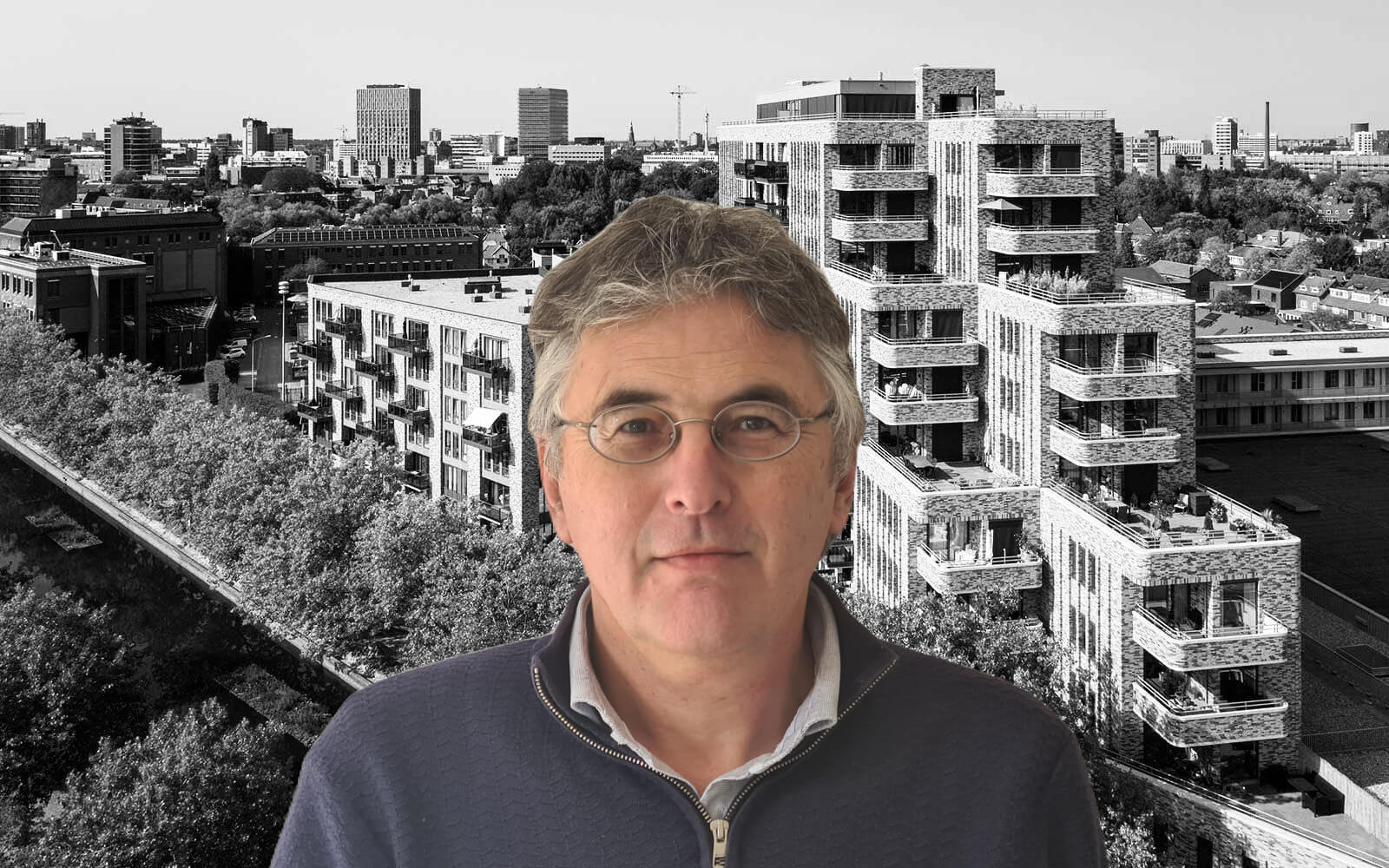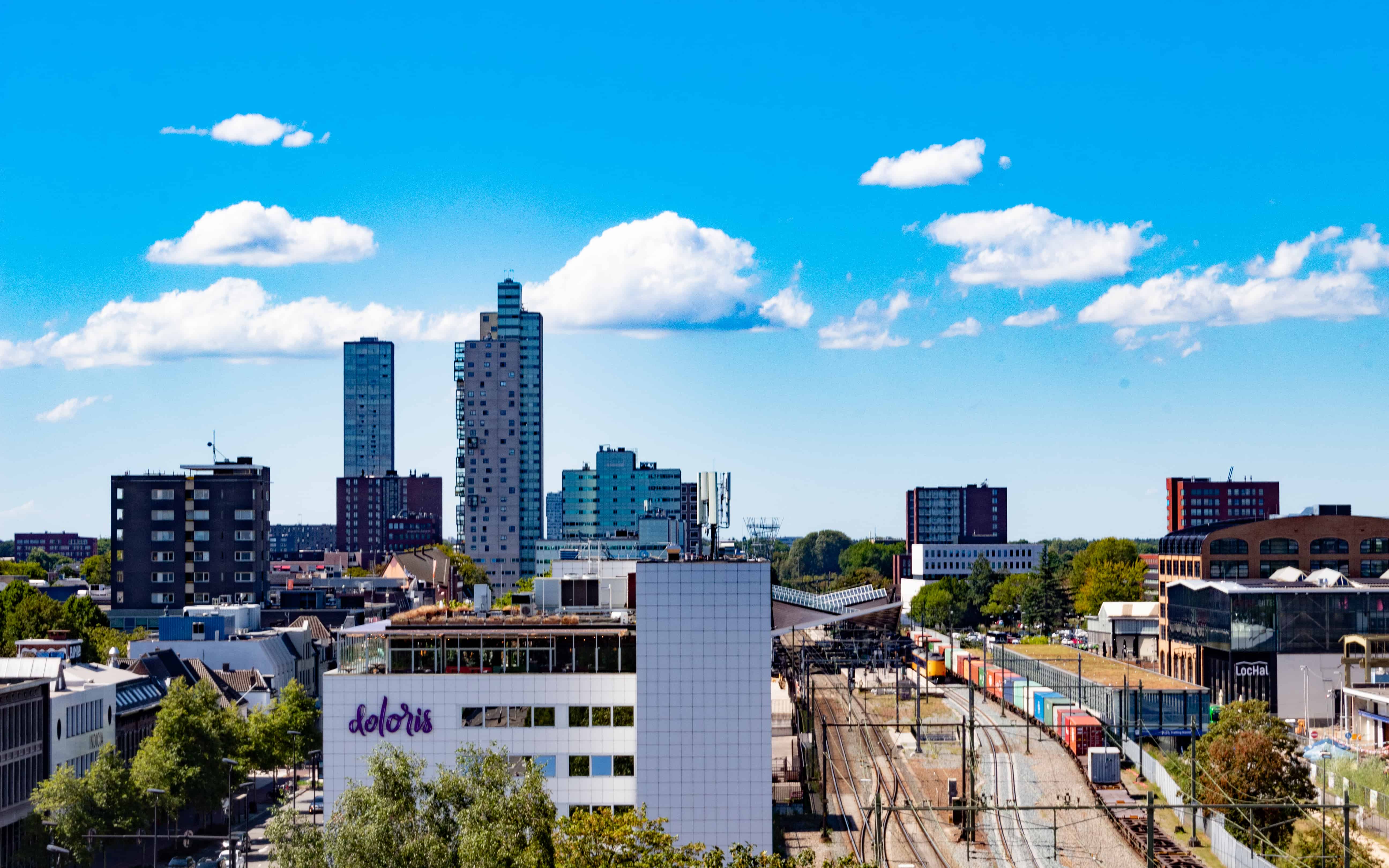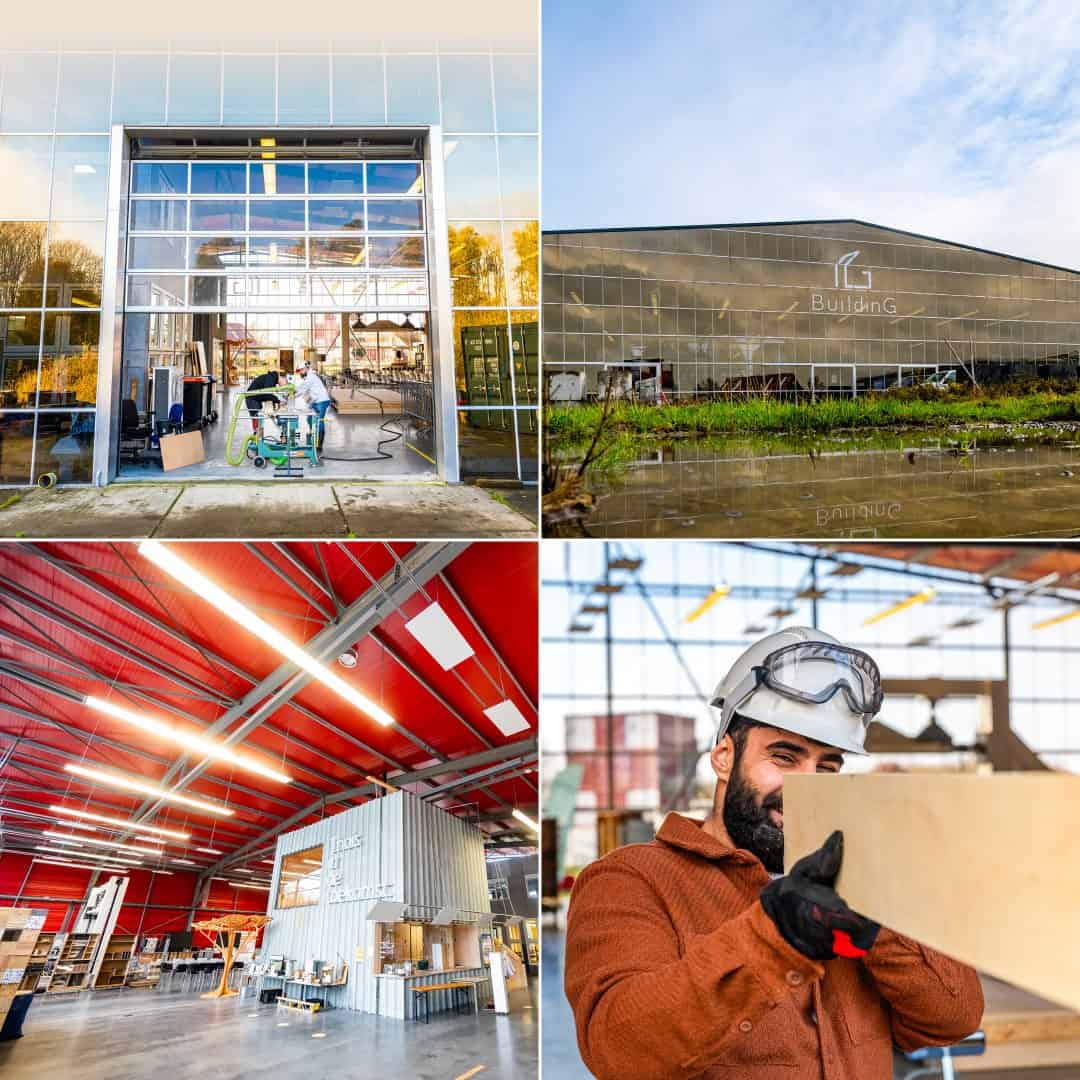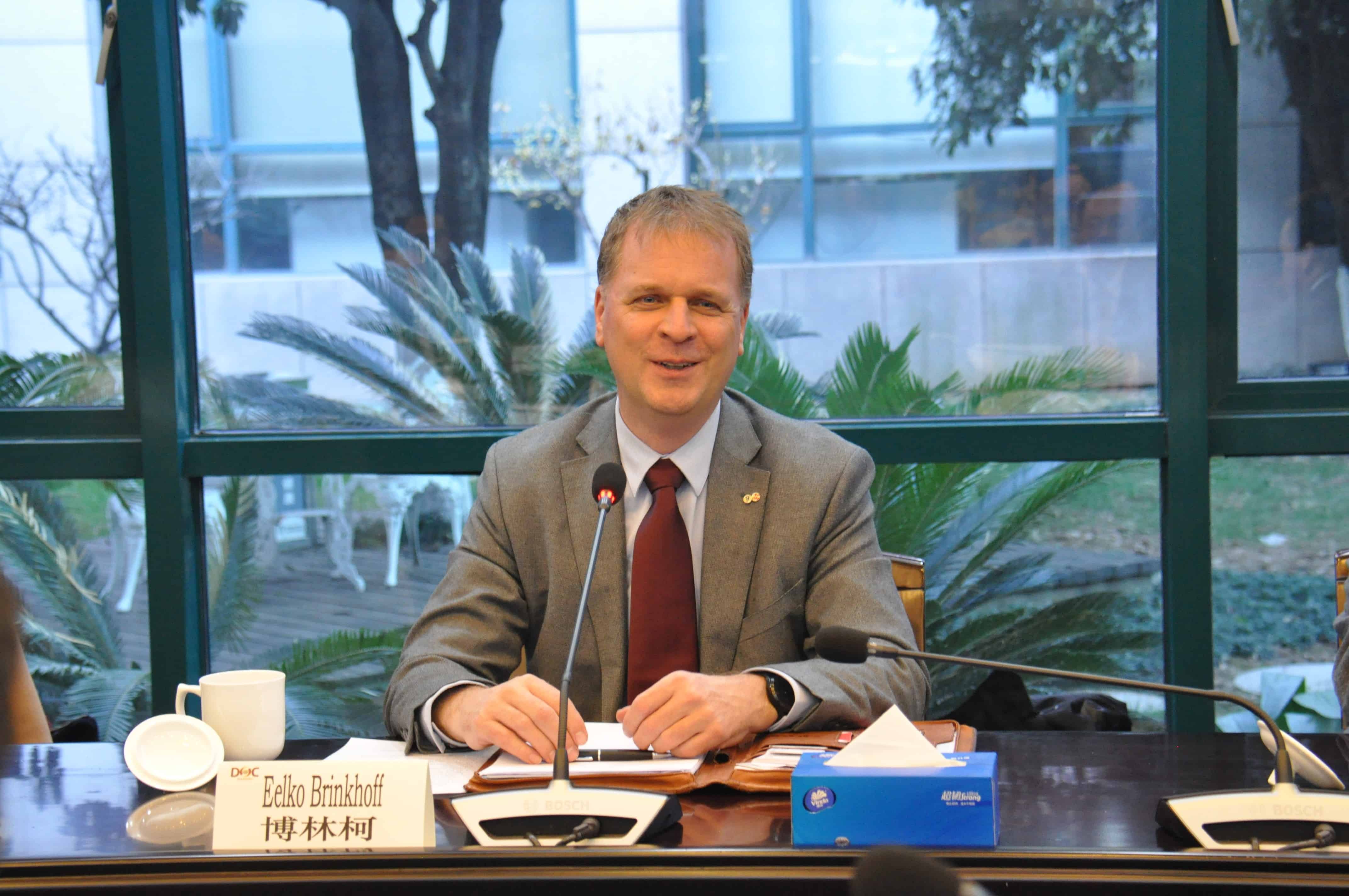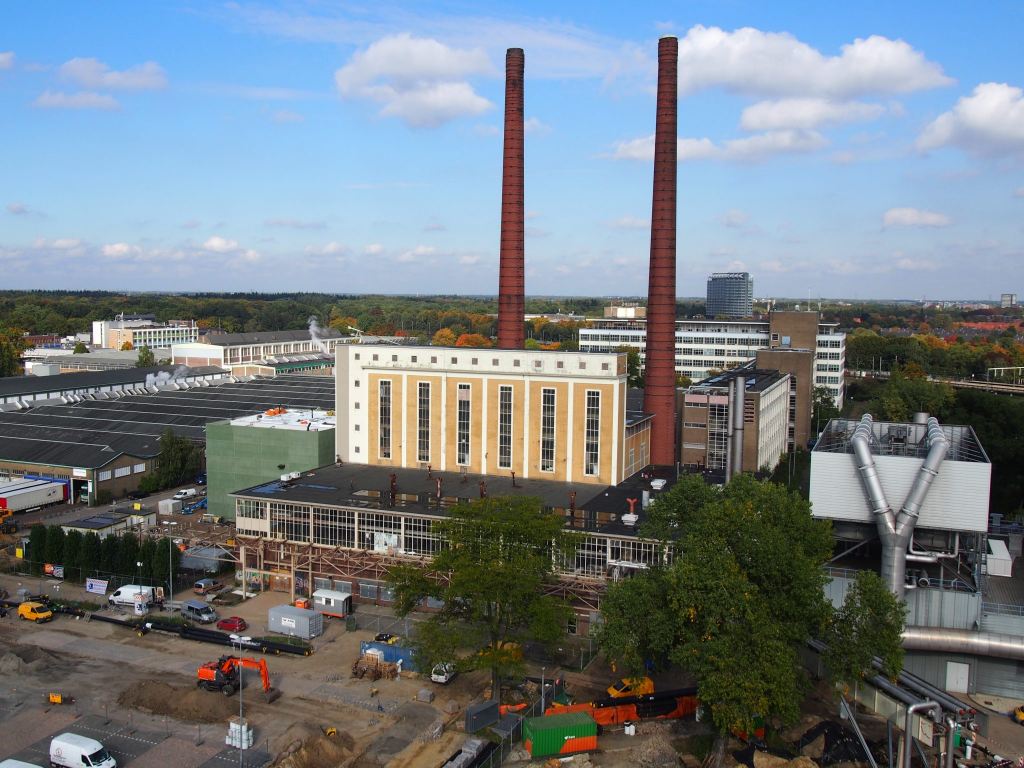
A factory is a building in which products are fabricated. The word ‘factory‘ is derived from the Latin fabrica ‘workshop’ and faber ‘craftsman’. I only mean to say that the manufacturing industry has existed for a very long time and has played a vital role as an important economic engine and employer for a very long time as well. Simply because people will invariably continue to need products.
One in five Dutch factories is located in the province of North Brabant. South Holland is in second place, followed closely by North Holland. Combined, these three provinces accommodate more than half of all Dutch factories which, in my opinion, are indispensable if we are to succeed in creating a circular economy.
As it happens, the electricity grid in the Netherlands will soon be so full that no more large-scale consumers will be able to be connected. As a direct result, many new factories will be unable to establish themselves anywhere. In addition, existing factories will be hampered in their operational activities.
To tackle this problem, grid operators want the government to start practicing energy planning. How can energy be uitilized as a guiding instrument to steer spatial planning processes in the right direction, whereby the burden and exploitation of the energy infrastructure play a greater role in weighing up options. For example, large-scale consumers must be located close to where energy is brought on land, such as on the coast opposite new offshore wind parks. And we are going to work on capacity management. Some vital services, such as emergency facilities that are connected to the network, have to function at all times. But large industrial complexes, such as those in the middle of Brabant, we may no longer be able to safeguard the security of supply.

Of course, it is not a smart idea to lug energy around too much. The more you haul energy, the more you lose. But we need to think ahead, especially on a system level, about where can we supply the right sort of energy in the most efficient way.
We are in the midst of a transition to a highly unpredictable future with vast variances that we need to be ready for. According to Energie Beheer Nederland, we could very well be self-sufficient in terms of energy by 2050.
Networks are not flexible at present. And we are shifting towards the use of energy carriers that are sustainable in nature, such as hydrogen and heat. Existing and new systems must be made flexible and be linked to each other. We have to think integrally about energy systems.
For instance, couldn’t city regions become self-sufficient in their energy supplies? By means of self-rotating energy biotopes involving energy circularity in as small an area as possible, for example. As in, self-sufficiency with supply and demand in close proximity.
Could factories play a role in that? And couldn’t we make the future already a reality in Eindhoven? After all, the energy world is a technical one. Then we can keep on building where the factories are located : ).
About this column:
In a weekly column, alternately written by Eveline van Zeeland, Eugène Franken, Katleen Gabriels, PG Kroeger, Carina Weijma, Bernd Maier-Leppla, Willemijn Brouwer and Colinda de Beer, Innovation Origins tries to figure out what the future will look like. These columnists, sometimes joined by guest bloggers, are all working in their own way to find solutions to the problems of our time. So tomorrow will be good. Here are all the previous articles.

